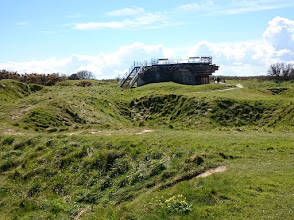
Dublin’s Rich Linguistic History: A City of English and Irish
Posted by Webjuice SEO Agency in Dublin on
Dublin’s historical linguistic landscape has long been shaped by its dual use of English and Irish. The city, alongside the surrounding area of the Pale, was traditionally bilingual, with Irish being widely spoken in County Dublin. This Irish dialect, a blend of central and east Ulster influences, held distinct characteristics of its own. In the 16th century, figures like William Gerard and Richard Stanihurst noted the prominence of the Irish language in Dublin, with Gerard observing that even many English speakers in Dublin delighted in speaking Irish.
By the mid-17th century, Irish had deeply rooted itself in Dublin. English authorities, recognizing the widespread use of Irish, even organized lectures and preaching in Irish. In 1655, for example, a converted Catholic priest, Séamas Corcy, was tasked with preaching in Irish in Dublin, and in 1657, English settlers in the city formally complained about the prevalence of Irish.
Despite the decline in Irish speakers across Ireland during the 19th century, Dublin experienced a Gaelic revival at the end of the century. This movement, centered in the city, revived interest in Irish language and culture, paving the way for a renewed presence of urban Irish with its own modern characteristics.
Today, Dublin is predominantly an English-speaking city, with English dialects forming the foundation of Dublin English. However, the Irish language still holds significance, with approximately 14,903 daily speakers as of the 2016 census. The capital city also boasts a strong Irish-speaking community, supported by a range of Irish-language schools. There are 34 Gaelscoileanna (Irish-language primary schools) and 10 Gaelcholáistí (Irish-language secondary schools) in the Dublin area, with nearly 13,000 students enrolled.
In addition to educational support, Dublin’s Irish-language culture is nurtured by media outlets such as Raidió Na Life and RTÉ Raidió na Gaeltachta, both of which have studios in the city. The online station Raidió Rí-Rá also broadcasts from Dublin. Irish language organizations like Conradh na Gaeilge further promote the language, offering classes and providing spaces for gatherings.
Dublin’s proximity to the County Meath Gaeltacht (the closest Irish-speaking area to the city) highlights the enduring cultural connection to the language, despite the challenges posed by modern urbanization. As Dublin continues to thrive as a cosmopolitan city, the Irish language remains an integral part of its identity and cultural revival.